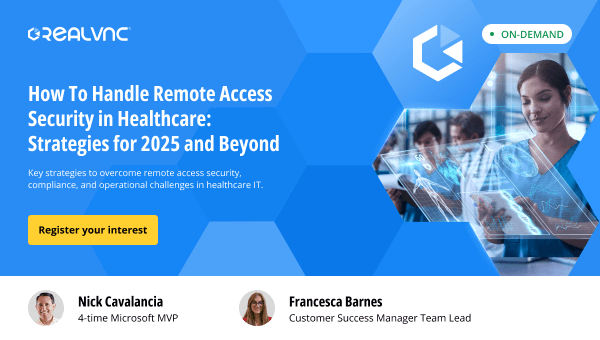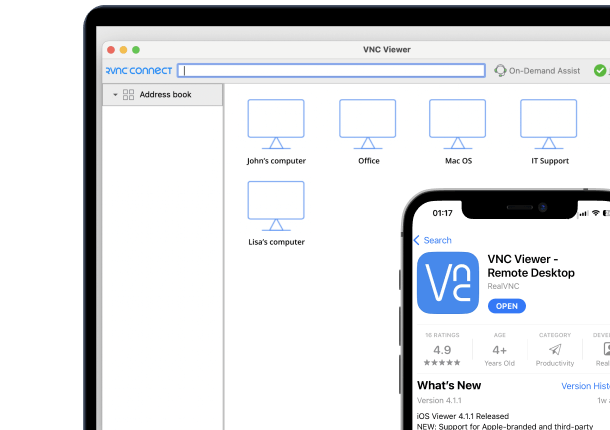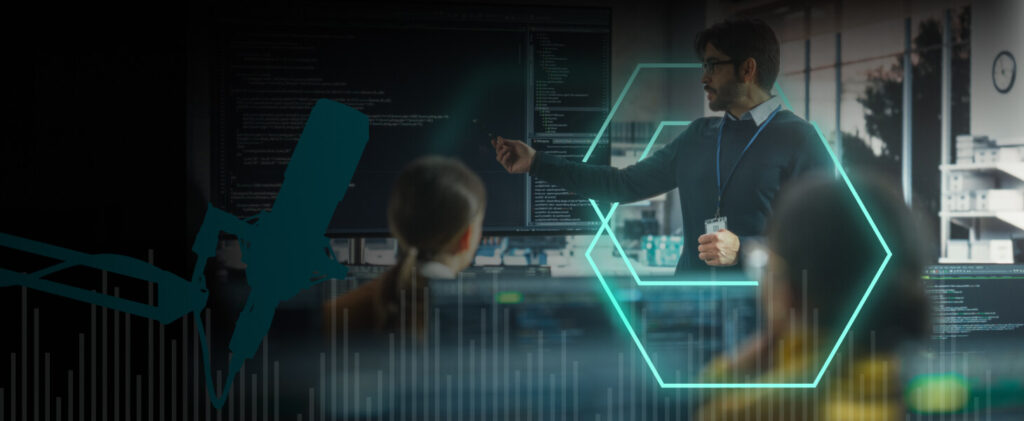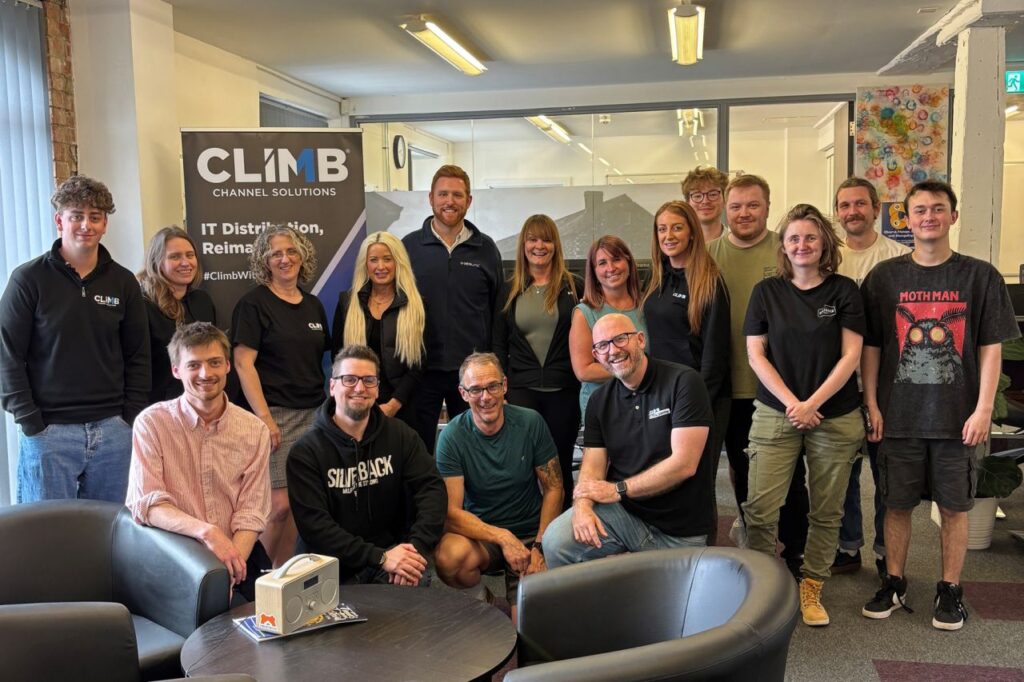Some of them are in protected areas, while others are deployed across a large geographical area. They all still need accessing for support and maintenance on a regular basis, which can be costly and time-consuming.
But support is just one way remote access can be a life-saver for IT professionals in healthcare.
Patient care
Doctors use laptops on a daily basis to help their patients remotely. As one of our latest videos shows, remote access software allows doctors to visualise patients’ vital signs monitors in real time without being physically present. You can watch this video, part of our “Work is a verb, not a place” campaign, below.
Labs & restricted areas
The same goes for sterile areas like labs. In a field where a few seconds can make the difference between life and death, avoiding all the procedures needed to physically access restricted areas can save crucial minutes.
When a machine malfunctions in a sterile area, troubleshooting is one click away with remote access. The same goes when these machines need software updates and maintenance. This ensures a healthy security environment and significantly increases the productivity of IT professionals.
A good example is Fujifilm. The company is using remote access to maintain and update medical imaging equipment iWhen a machine malfunctions in a sterile area, troubleshooting is one click away with remote access. The same goes when these machines need software updates and maintenance. This ensures a healthy security environment and significantly increases the productivity of IT professionals.
Healthcare and BYOD
BYOD (Bring Your Own Device) is becoming increasingly popular in the healthcare field, with doctors often using their own smartphones, tablets or laptops for work. While convenient for them, BYOD poses significant challenges for healthcare IT support.
Some of these challenges are related to human error – for example, not having a lock screen on a device, which may contain patient data. In other cases, users might share patient data over various unsecured channels.
In worse cases, they might be using apps that are susceptible to compromise data or a device running outdated software.
While part of the solution to these issues is user education, the best way to keep sensitive data safe is by running applications in a secured environment, managed by IT professionals, who can access servers or users’ devices via encrypted remote access software, using strong authentication and security measures.
That way, the IT department will always be able to make sure that data doesn’t fall in the wrong hands
VNC Connect in healthcare
These are some examples of VNC software making healthcare IT professionals’ lives easier. You can find more interesting examples in this list of case studies.
RealVNC has 19 years of experience helping the NHS, Intel, NASA and many others. As the creators of VNC software and pioneers in remote access, we have been the trusted partner of IT healthcare professionals in over 160 countries. Check us out on www.realvnc.com.
